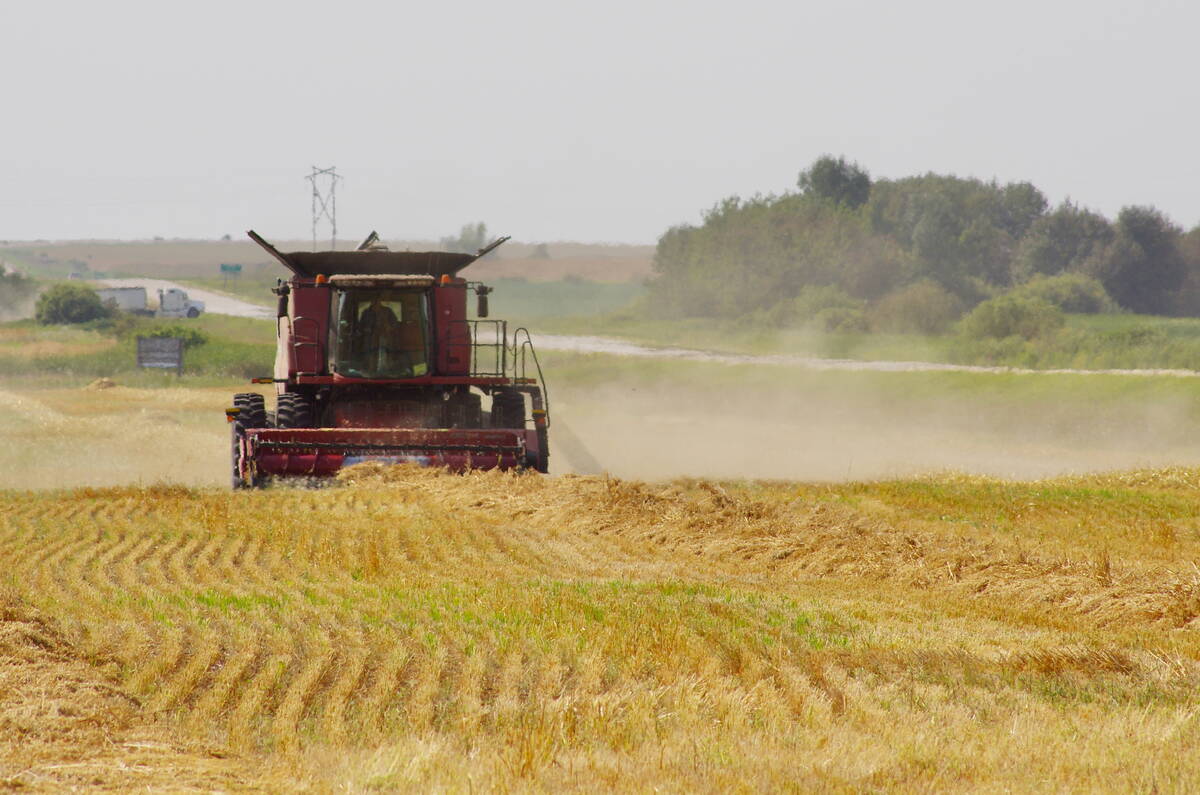The typical March work schedule for prairie crop producers doesn’t include scouting for plant disease in their fields.
But Rahul Patel, senior agrologist at Shaunavon Co-op in Shaunovon, Sask., said growers can get a better understanding of the disease pressure they could face in the upcoming year by walking through stubble, collecting samples and testing them to see if plant disease inoculums are present.
On March 4, Patel walked through a snowless field that had grown lentils the previous year.
“I started looking at the lentil stubble to look at how much the disease pressure is there right now, in terms of ascochyta for lentils, or anthracnose, or any other thing that I can find,” Patel said.
Read Also

Herbicide resistance sprouts in Manitoba’s wild oats
Farmers across Manitoba this fall are gearing up for the latest salvo in what, for many, has become a longtime battle to beat out wild oats.
When he was walking the field, he noticed crop residue from years prior, including durum and canola.
“On the canola stubble, the black leg fruiting structure was showing on the stubble, and even on the wheat stubble there was the tan spot fruiting structure,” Patel said.
He collected samples, took them back to his office and placed them in wet paper towel to see if anything would germinate.
When he returned to his office three days later, the tan spot fruiting structure on the durum stubble hadn’t germinated, but the blackleg fruiting structure had.
“I opened all those bags and I found that on canola stubble that I put in incubation, I found those blackleg fruiting structure, with a mycelial growth on top of it,” Patel said.
He then contacted the farmer to learn more about the field’s history.
“I checked with the farmer of the field and he mentioned he grew canola back in 2013 in that field. And he mentioned yes, he had something over there in that field, in terms of the blackleg,” Patel said.
Growers who collect samples from stubble and try and germinate it at home can see how vigorous any potential problems might be, he said.
“They can send it (samples) to the lab in Saskatchewan for verification purposes, to see which kind of leptosphaeria or any other pathogen,” Patel said.
He said this kind of pre-seeding scouting can help farmers choose a cropping plan for the coming year, or help them manage disease resistance.

















